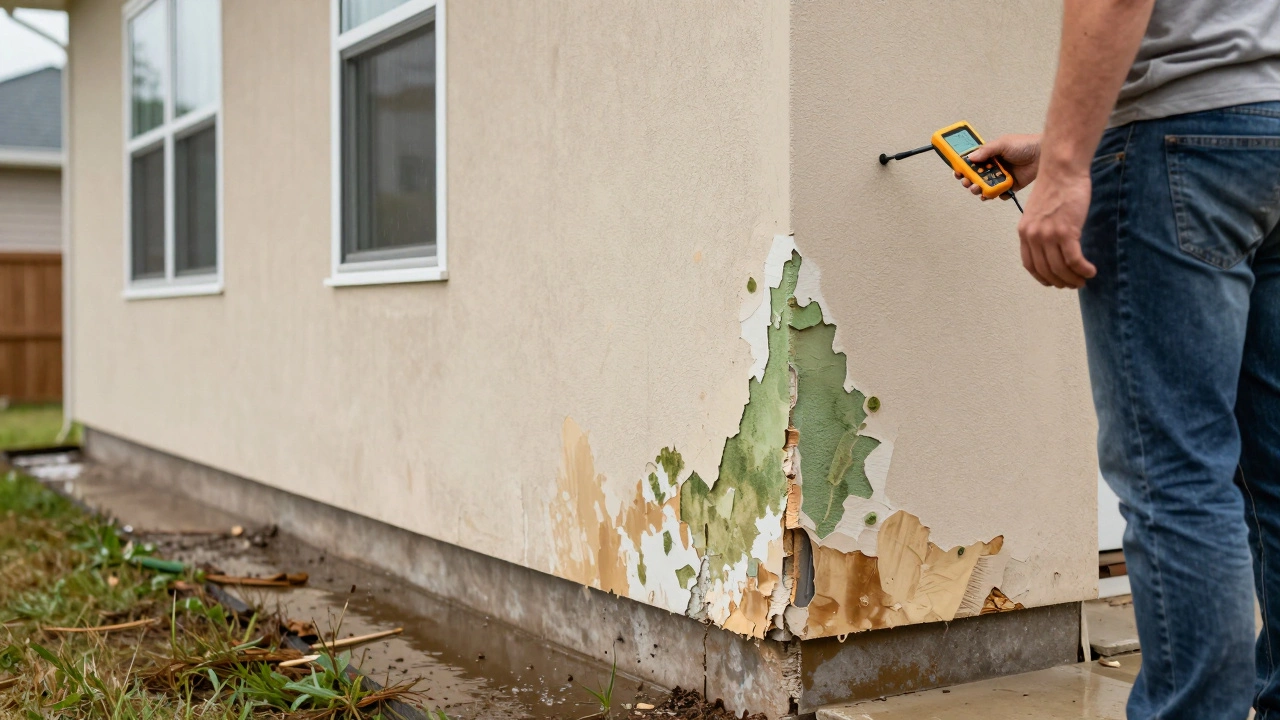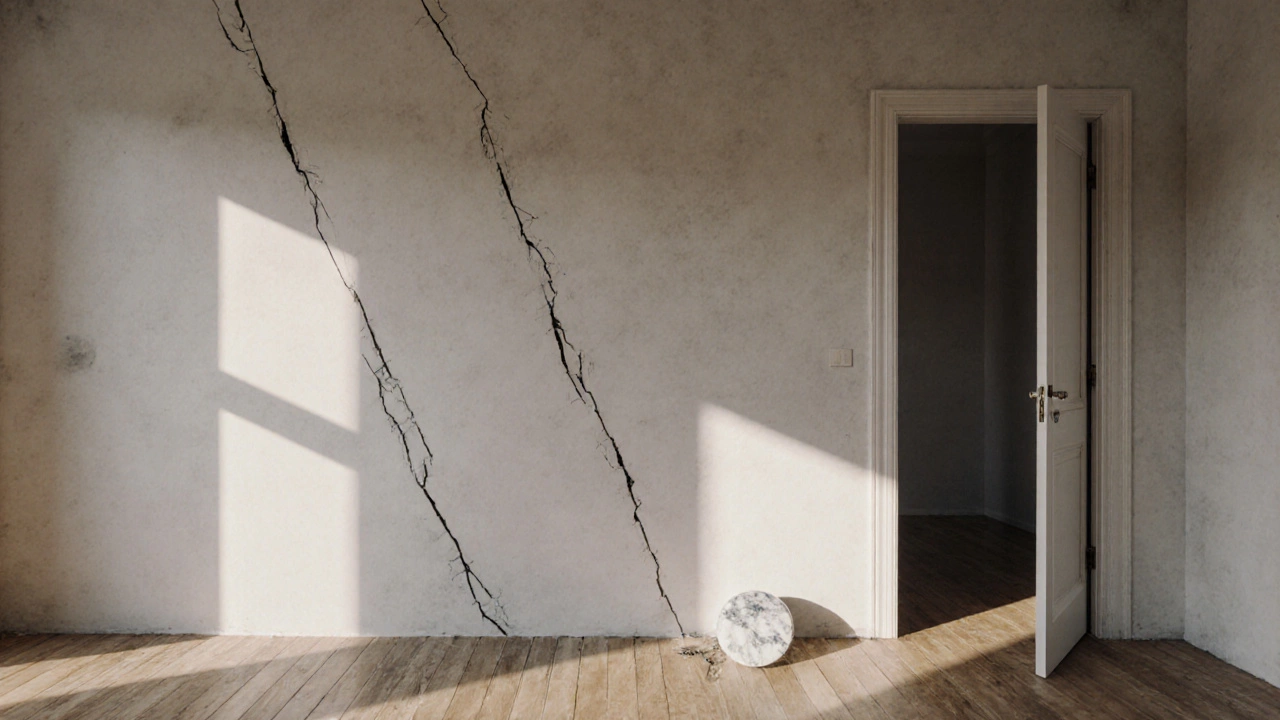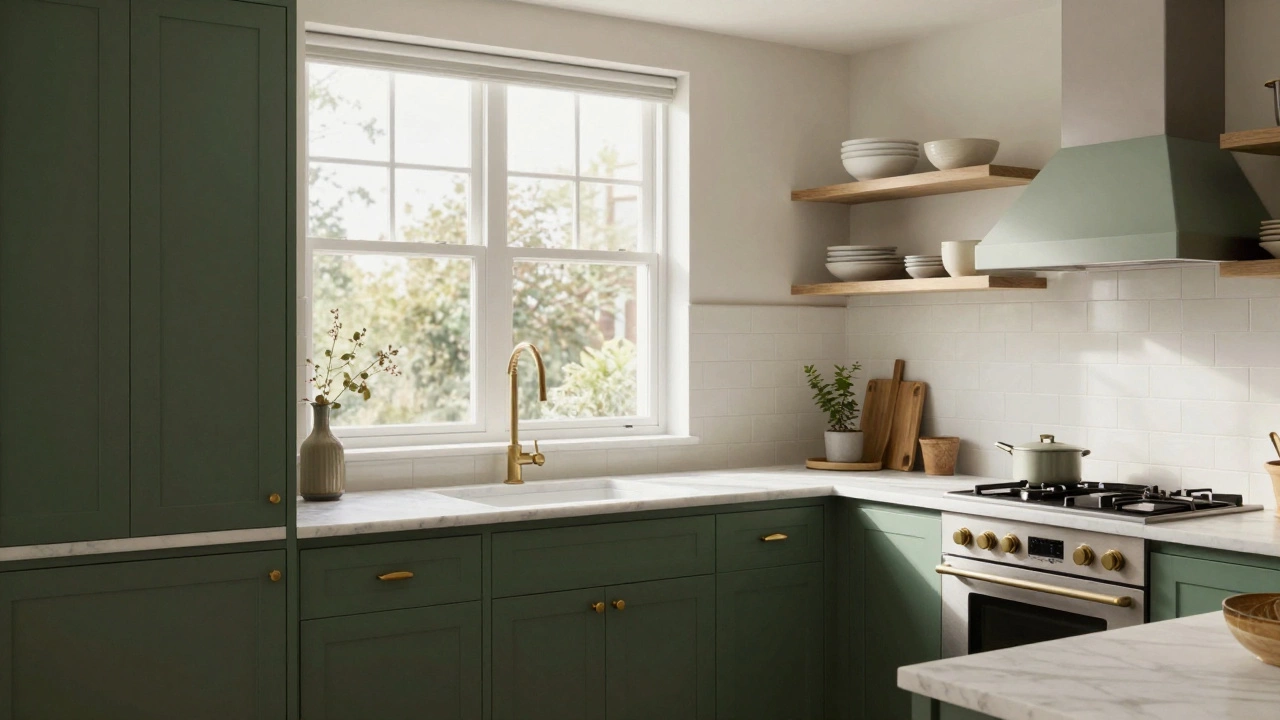New Build Defects: Common Issues, Causes, and How to Fix Them
When you buy a new build, a recently constructed home sold as move-in ready, often with warranties. Also known as new construction, it should feel like a fresh start—not a repair project. But too many homeowners discover new build defects, structural or finish problems that appear shortly after moving in, often due to rushed work or poor materials after the dust settles. These aren’t just cosmetic. Cracks in walls, uneven floors, leaky windows, and faulty plumbing can point to bigger issues like foundation problems, shifts in the ground beneath a home that cause structural stress and visible damage or improper framing. And while builders promise quality, not every job is done right—especially when timelines are tight and costs are squeezed.
What’s most surprising? Many of these defects show up within the first year. A hairline crack near a window might seem harmless, but if it’s growing, it’s a sign of construction defects, errors in design, materials, or installation that violate building standards. In the UK, building regulations set minimum standards, but enforcement varies. Some builders cut corners on drainage, insulation, or subfloor preparation, leading to moisture damage, cold spots, or even structural shifts over time. You might not notice it right away, but if your doors stick, tiles crack, or walls bulge, it’s not normal. These aren’t "settling" issues—they’re red flags.
Knowing what to look for saves time and money. Check for uneven floors, especially near doorways. Look for gaps between skirting boards and walls. Inspect windows for condensation between panes. Test taps and drains for slow flow. And don’t ignore small cracks—even if they’re thin. If they’re wider than 3mm, run vertically near corners, or appear in multiple places, they’re likely structural. You don’t need to be an expert to spot these signs. What you do need is a checklist and the confidence to ask for help. The good news? Most defects can be fixed, especially if caught early. Many new builds come with a 10-year warranty, and builders are legally required to address major issues. But you have to report them. Don’t wait for the problem to get worse.
Below, you’ll find real guides from homeowners and builders who’ve been through it. From how to document damage for a warranty claim, to understanding what’s covered under UK building standards, to comparing repair methods for cracks and leaks—these posts give you the facts without the fluff. No jargon. No guesswork. Just what works.






